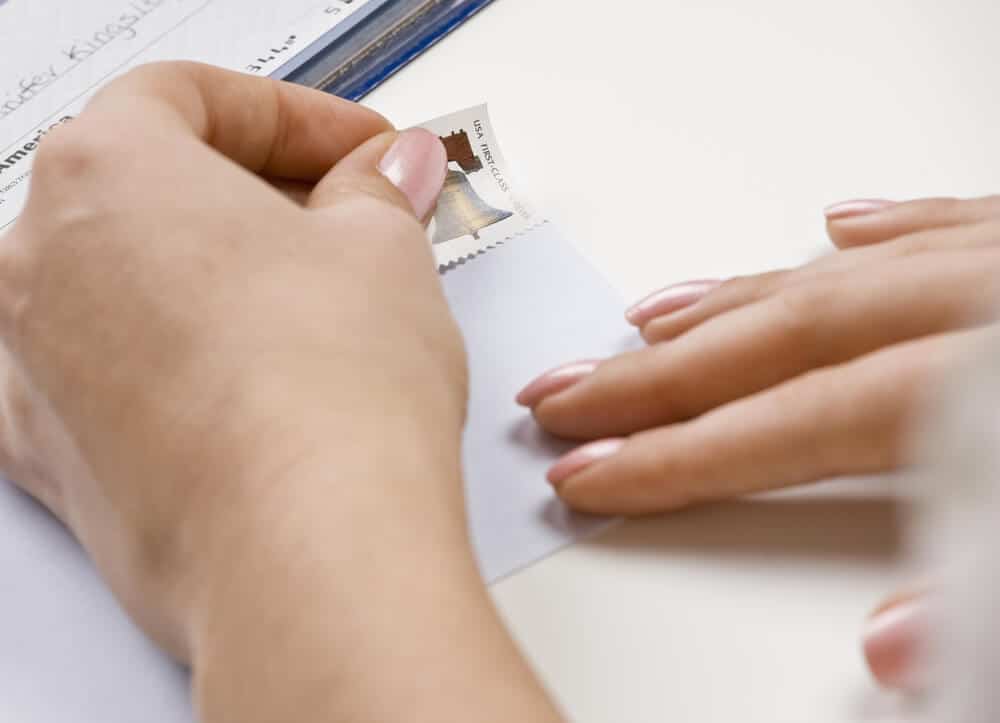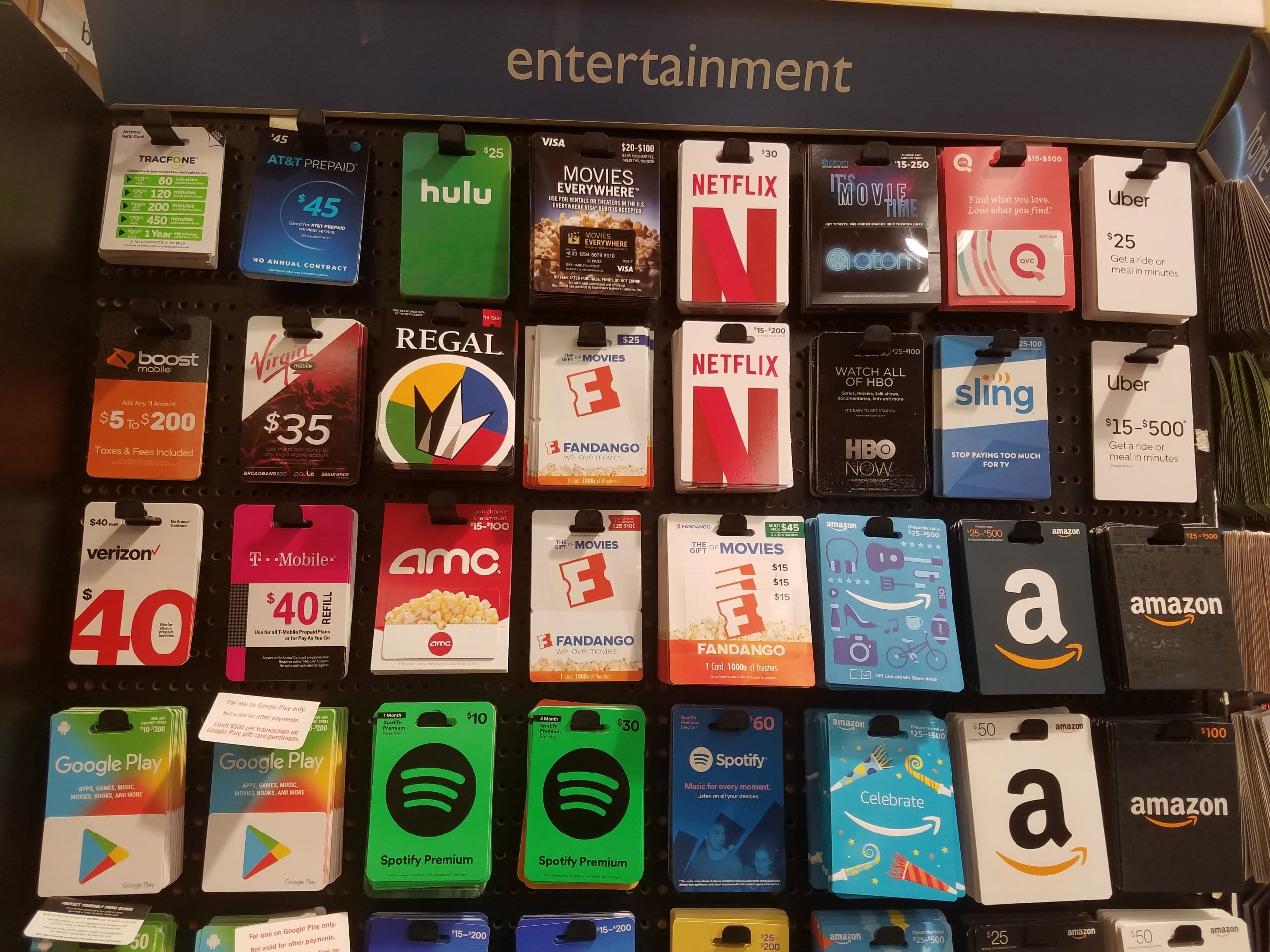You can mail both domestic and international money orders at your local post office. When you mail a money order, only the recipient — whose information is written on the money order — can cash it, which means that if the money order falls into the wrong hands, the person who receives it cannot spend it like cash.
Be wary, however, of mailing a money order without the recipient’s information filled in. If a money order is not already made out to someone, anyone can fill in their own information and cash it.
See our related research for how to fill out a money order correctly.
Below, we explain the process for mailing domestic and international money orders.
How to Mail a Domestic Money Order
To mail a money order to a recipient within the U.S., make sure that you have the recipient’s exact, correct mailing address.
You can take the money order to your local post office and mail the money order using the necessary postage.
While the U.S. Postal Service (USPS) sells its own brand of money order, you can mail a domestic money order from any issuer (e.g., MoneyGram, Western Union) at the post office.
Be sure to keep your money order receipt stub as proof of value in case the money order gets lost, stolen, or damaged.
For extra security measures to ensure your money order is delivered, you can use one of the following options:
- Certified Mail: Requires the recipient’s signature upon delivery; costs $3.55 per envelope
- Signature Confirmation: The USPS will provide you a copy of the recipient’s signature. This service costs $2.65 if purchased online and $3.15 if purchased at the post office.
- Delivery Insurance: Insured up to $5,000; fees start at $2.25
How to Mail an International Money Order
MoneyGram and Western Union both have offices overseas, but their physical money orders are meant only for domestic use. For international transfers, these companies prefer to transfer the funds directly to the recipient’s bank account.
However, you can purchase a USPS International Postal Money Order (form MP1) at any post office location. Note that the dollar limit for an international USPS money order is $700 for most destinations ($500 for El Salvador and Guyana).
USPS prints the international money order with only the dollar amount filled in and leaves all other fields blank. You (as the purchaser) complete the payee and payor information on the money order.
As with domestic money orders, you’ll want to hold on to the receipt until you confirm that the recipient cashes the money order.
Countries That Accept U.S. Postal Money Orders
To mail the money order, first make sure that the destination country accepts U.S. money orders.
Below is the list of the countries that accept international money orders from the U.S. (Note: The USPS no longer sells money orders to Canada or Japan.)
- Albania
- Anguilla
- Antigua and Barbuda
- Bahamas
- Barbados
- Belize
- Bolivia
- The British Virgin Islands
- Cape Verde
- Dominica
- Dominican Republic
- Ecuador
- El Salvador
- Grenada
- Guinea
- Guyana
- Honduras
- Jamaica
- Mali
- Montserrat
- Peru
- Saint Kitts and Nevis
- Saint Lucia
- Saint Vincent and the Grenadines
- Sierra Leone
- Trinidad and Tobago
Mailing Options
The USPS instructs you to mail international money orders using one of the following:
- First-Class Mail International: Delivery time varies by destination; Global Forever stamps are $1.20 each. (Note: You can send a one-ounce letter using one Global Forever stamp.)
- First-Class Package International Service: Delivery time varies by destination with delivery confirmation; starting at $12.25
- Priority Mail International: Six to 10 business days; starting at $26.90
- Priority Mail Express International: Three to five business days; starting at $45.95
- Global Express Guaranteed: One to three business days with a money-back guarantee; starting at $67.80
Extra services like Certified Mail and Signature Delivery are not available for international money orders, a USPS customer service representative said.
Note that international money orders can be more costly to cancel, and refunds and replacements can take much longer than domestic money orders.
Money Order Security
Money orders can be traced much more easily than cash. If you lose a money order, the issuer, such MoneyGram, Western Union, USPS, or your bank, can verify whether or not the order has been cashed.
Even without the receipt, issuers can often trace the money order using the purchase information or, in the case of a bank issuer, your bank account information. If the order hasn’t been cashed, the issuer can usually replace it or refund your money.
Also, while cash and personal checks have some security features to protect against fraud and forgery, there are several ways to ensure that a money order is authentic.
Our related research explains how to verify a money order, such as tracking it with the issuer, checking the physical security features, and verifying the dollar amounts.
More Information
For more about money orders, see who can cash them.
We also have the money order FAQ for purchasers and recipients.
 William Lipovsky
William Lipovsky






